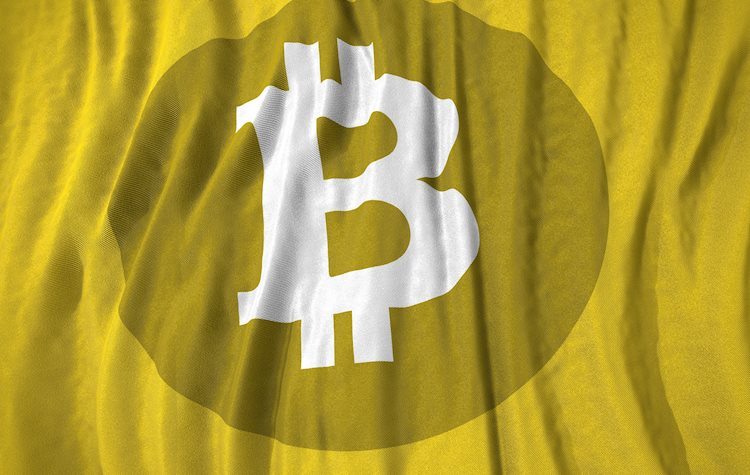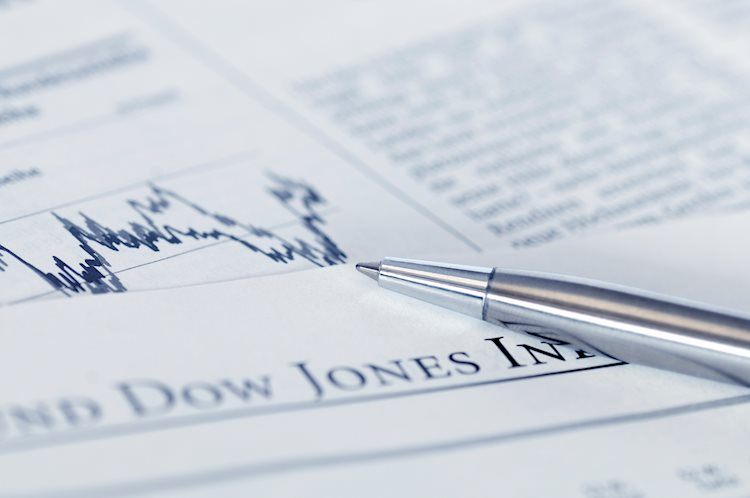EUR/USD extends the rally to 1.0765 amid the weaker USD on Monday.
The US job growth slowed more than expected in April, boosting the odds of a September rate cut from Fed.
Economists said the prospect of the ECB diverging from the Fed on rate cuts might weigh on the Euro.
The EUR/USD pair trades in positive territory for the fourth consecutive day near 1.0765 on Monday during the early Asian trading hours. The softer US Dollar (USD) provides some support to the major pair. Traders await the HCOB Purchasing Managers’ Index (PMI) data from Germany and the Eurozone, along with the Eurozone Producer Price Index (PPI), due later in the day.
The recent US Employment data from the US Bureau of Labor Statistics (BLS) showed on Friday that US job growth slowed more than expected in April. The Nonfarm Payrolls (NFP) came in weaker than expected, rising by 175K in April from 315K rise (revised from 303K) in March, the smallest gain since October 2023. Meanwhile, wage inflation, as measured by the change in the Average Hourly Earnings, dropped to 3.9% on a yearly basis from 4.1%. The Unemployment Rate ticked up to 3.9% in April from 3.8% in March.
The weaker-than-expected US data boosted the odds of a September rate cut from the US central bank. Financial markets have priced in a nearly 90% chance of September rate cuts, up from 55% last week, according to the CME FedWatch tool. This, in turn, weighs on the Greenback and creates a tailwind for the EUR/USD pair.
Across the pond, the final reading of the Eurozone Services PMI is expected to remain steady at 52.9 in April, while the Composite PMI is projected to remain unchanged at 51.4. Furthermore, the Eurozone March PPI is estimated at -7.7% YoY versus -8.3% in February.
Eurozone inflation held steady as expected in April, triggering the case for the European Central Bank (ECB) to cut interest rates in June. Economists said the prospect of the ECB diverging from the Federal Reserve (Fed) on interest rate cuts is likely to be “particularly negative” for the Eurozone and might exert some selling pressure on the Euro (EUR) against the USD.
Share:
Feed news





